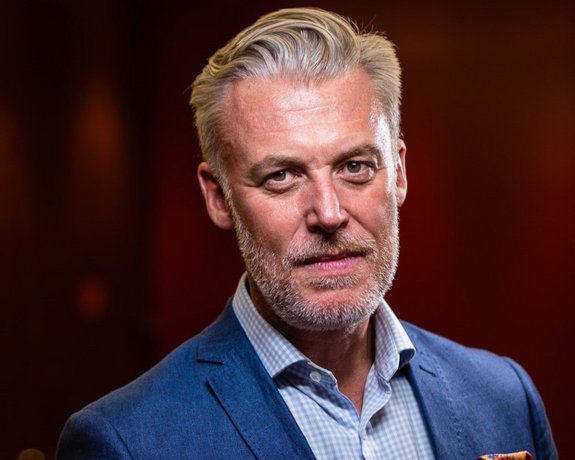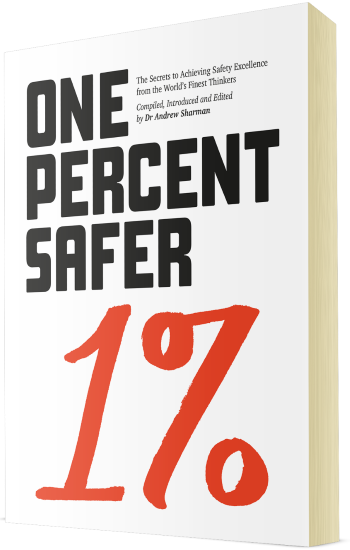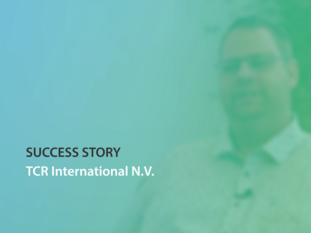Fear, not risk management, has caused this reaction. 44 years ago Hollywood released a movie that injected so much fear into society that it still has millions of us panicking each time we go to the beach. That familiar tune plays through our heads as we swim out into deeper water – and then hastily splash back to the shore.
It’s exactly this type of paralyzing fear that I speak of in my TED talk. Though perhaps rather unusually, my fear was of the water itself, rather than what was in it. You see from a very early age, I wasn’t scared of sharks, but indeed fascinated by them. And it was this fascination that led me to work on overcoming my fears of the water, and perhaps even drove me to become a risk management professional. As a result I’ve spent many, many happy days swimming with sharks around the world and honing my risk management skills!
We all have fears, but once free of the elements that paralyze us, we become enabled to achieve goals previously thought unattainable. The real value proposition for us as OSH professionals, then, is our ability to take an inherently risky human endeavor and use our unique skill set to enable success without loss.
How? We begin by changing our language. Stop asking “What if…?” and start saying “What if we could…” And then demonstrate how we can manage the risks to an acceptable level. We engage employees and leaders in identifying actions that both decrease risk and increase the chance of success. We precisely define the risk problem, partner with our people to solve it, and enable the satisfaction of organizational needs. We lead the effort to shift our corporate culture from polarized perspectives on risk to informed and balanced decision-making.
In the terms of our profession, we must become energetic advocates and facilitators of Risk Based Decision Making a solid process through which you systematically identify hazards, assess the degree of risk, and determine the best course of action to achieve the goal with an acceptable level of risk. There’s a nice acronym for this, called ‘SAFER’, the steps are:
Summarize the critical steps
Anticipate/discuss errors for each critical step and relevant error precursors.
Foresee probable and worst-case consequences during each critical step.
Evaluate controls or contingencies at each critical step to prevent, catch, and recover from errors and to reduce their consequences.
Review previous experience and lessons learned relevant to the specific task and critical steps and then make a fully-informed decision.
Thinking alone will not overcome fear, but action will. We must passionately lead our organizations to evolve from being fearful of risk to the embracing of functional practices that result in maximized organizational success regarding people, planet and profit. Let’s imagine a little more. Let’s not fear the sharks of safety, but instead step up to the shoreline and ask “What if we could…?”






